There can be your advertisement
300x150
Myths or Truth: Secrets of the Strangest Houses in Moscow
We explore the most captivating stories about unusual buildings in the capital
From houses shaped like ships to buildings that seem giants — Moscow is full of architectural mysteries that have grown up with incredible legends. They say the house of Narkomfin was moved overnight, that 'The Swan' was built as a communist utopia, and the flat house on Taganskaya is an optical illusion. What's true and what are urban myths? We examine the most captivating stories about unusual buildings in the capital, separating facts from fiction.
Main points of the article:
- The house on Tverskaya was indeed moved 40 meters in one night without evicting residents — true;
- 'The Swan' on Leningradskoe Shosse was designed as a future home with full service — true;
- The flat house on Taganskaya only looks two-dimensional from a certain angle — true;
- Mythical creatures live in the house with animals on Chistye Prudy — myth, it's just regular reliefs;
- Savvinskoye Courtyard was built 'upside down' on purpose — partially myth.
MYTH OR TRUTH: The house was moved overnight along with residents
TRUTH. This is one of the most incredible yet documented stories from Soviet Moscow. House No. 20 on Tverskaya was indeed moved 40 meters in one night in 1939, and the residents even didn't wake up!
The house of merchant Mitrofan Shkarin, built in the Neo-Russian style at the beginning of the 20th century, blocked the expansion of the capital's main street. Instead of demolishing it, authorities took an unprecedented decision — to move the building.
The operation was carried out by engineers under the leadership of Alexander Demberovsky. The house was lifted onto rollers and moved to a new location in 2.5 hours. All utilities — gas, electricity, phone — worked without interruption. Residents only learned about the 'relocation' in the morning when they saw a different view from their windows.
This architectural monument with elements of modernism and baroque still stands in its new location today, serving as an example of Soviet engineering thinking.
 Photo from mos.ru
Photo from mos.ruMYTH OR TRUTH: 'The Swan' is a communist utopia in panels
TRUTH. The residential complex 'The Swan' on Leningradskoe Highway was indeed an attempt to create the ideal future home according to communist principles.
Architect Andrei Meerzon designed four 16-story buildings on a common stilobate — a platform where all necessary life services were located. Inside the complex, there were shops, kindergarten, dry cleaner, laundry, medical room, library, gym, and even a hair salon.
The idea was revolutionary: residents could live without leaving the building. It was an experiment in creating a new lifestyle — collective and maximally convenient.
For the 'Swan' project, Meerzon won the Grand Prix at a French architectural exhibition. However, the experiment was too expensive for mass construction, and the idea of a city-house did not develop further.
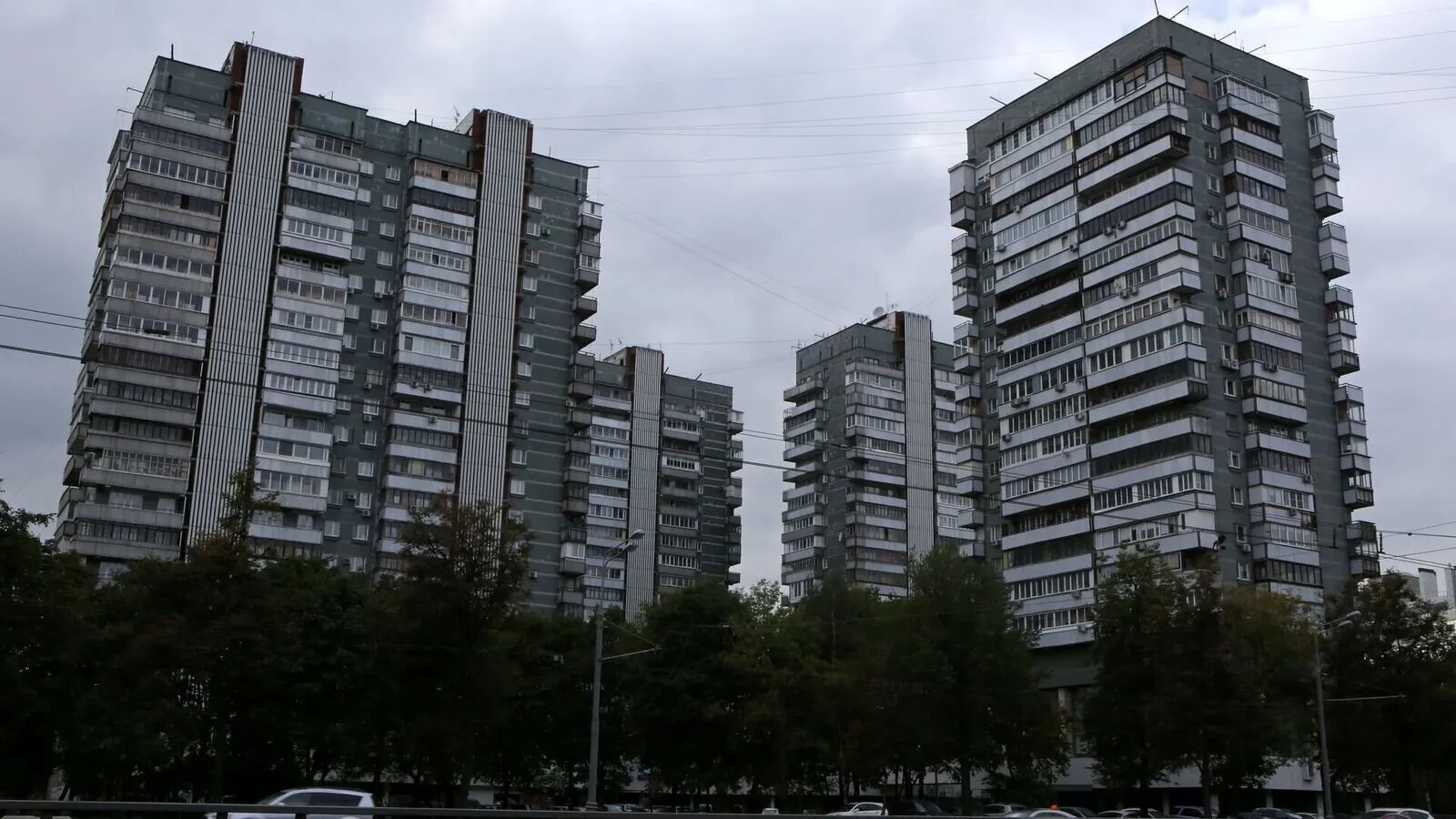 Photo from imgbolt.ru
Photo from imgbolt.ruMYTH OR TRUTH: The house on Taganskaya exists only from one side
BOTH TRUTH AND MYTH. The famous 'flat house' on Taganskaya really looks two-dimensional, but it's an optical illusion.
The 1914 building has a regular volumetric form, but due to the beveled angle, it appears as if it's a stage decoration from a certain perspective. This form wasn't accidental — the owner wanted to effectively use the land plot of an unusual triangular shape.
Before the revolution, the building was used as a profitable house. Its architect managed to create full apartments even in the narrowest part of the building. The secret is that rooms are located not only on the facade but also in the depth of the building.
The myth about a 'non-existent house' arose because many Muscovites saw the building only from Taganskaya Square, where it truly looks flat.
 Photo: Secret Photographer of Moscow
Photo: Secret Photographer of MoscowMYTH OR TRUTH: Mythical creatures live in the house with animals
MYTH. The five-story building on Chistopruschnaya Boulevard with animal reliefs is surrounded by urban legends, but there's no mystery.
The 1908–1909 building is decorated with images of real and mythical animals: lions, elephants, dragons, unicorns. The decor was created by Sergei Vaskov, a student of Viktor Vasnetsov, in the Russian style.
The building was constructed from donations by merchants Olovyanishnikovs for the Church of the Trinity on Gruzhi. Some apartments were provided free to needy parishioners, others were rented out.
Legends about 'living' animals arose due to the sculptor's excellent work — the reliefs do look very realistic. But there are no mystical events connected to this house, it's just a regular residential building with an unusual decor.
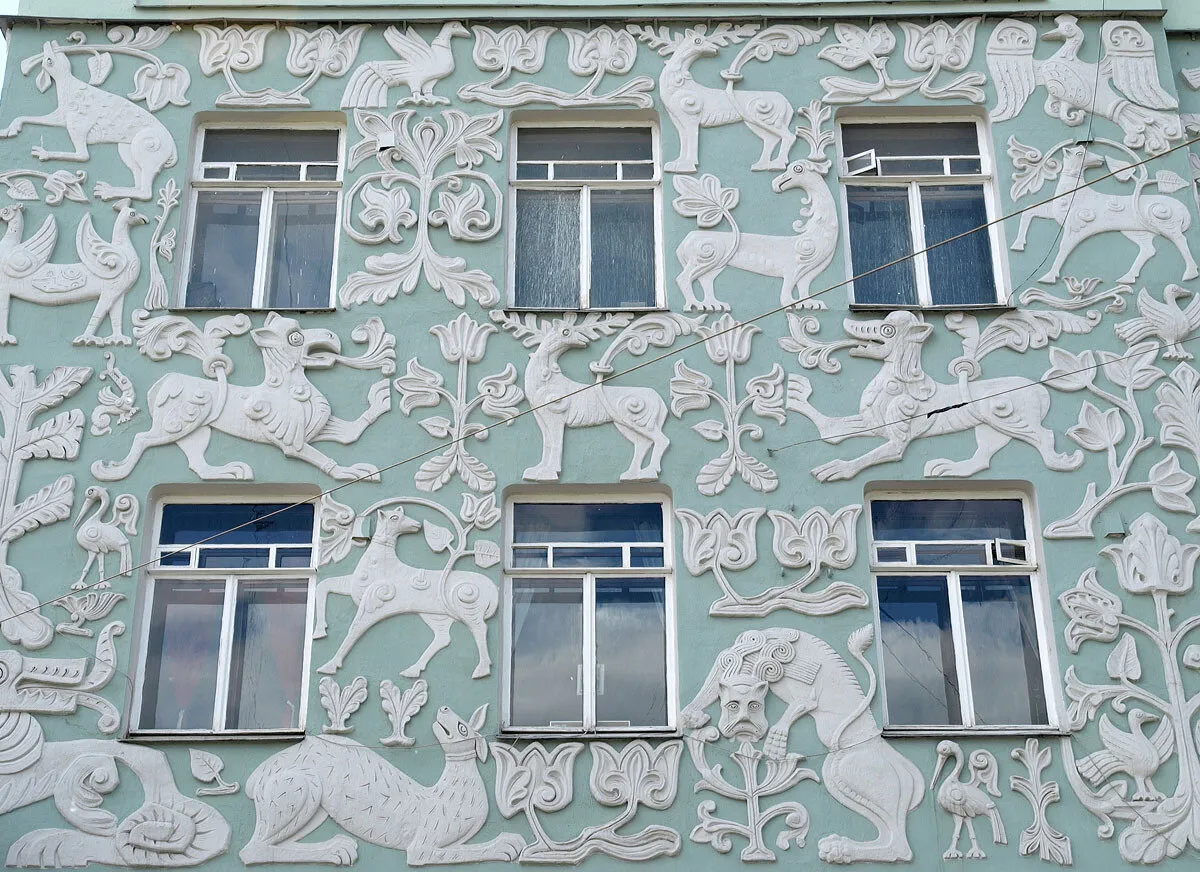 Photo from wikipedia.org
Photo from wikipedia.orgMYTH OR TRUTH: Savvinskoye Courtyard was built 'upside down'
PARTIALLY A MYTH. Savvinskoye Courtyard on Tverskaya really looks 'upside down', but it's not an architectural caprice.
The 1907 building has an unusual structure: a narrow first floor and floors that expand upward. This solution was dictated by the need to save space on a valuable land plot in central Moscow.
Architects Nikolai Zhukov and Boris Shnaubert designed the building in Neo-Russian style using a cantilever structure. Each floor slightly overhangs the previous one, creating an 'upside-down pyramid' effect.
The myth about special 'flipping' came from the unusual external appearance. In reality, it was a practical approach to using urban space.
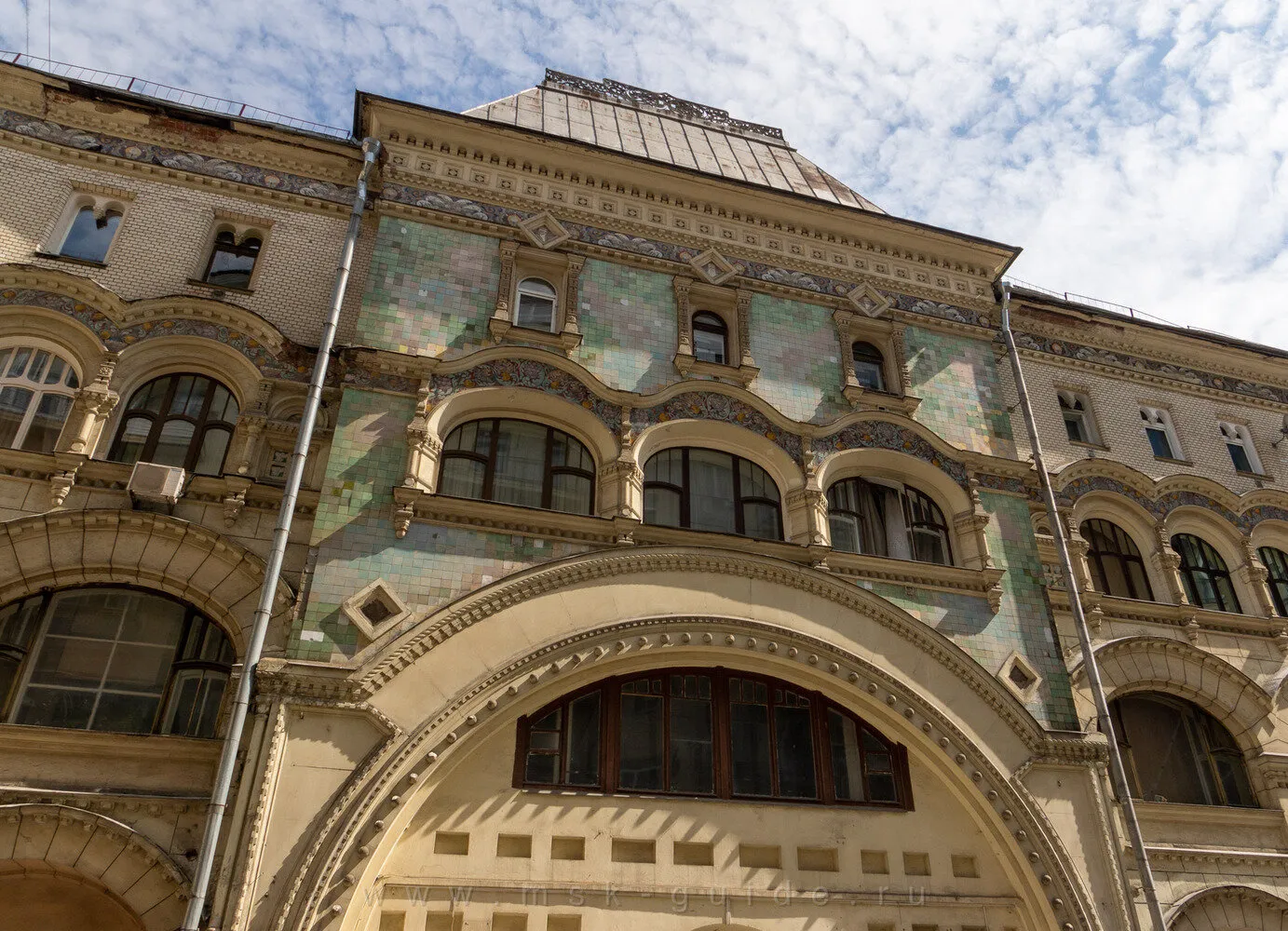 Photo from msk-guide.ru
Photo from msk-guide.ruMYTH OR TRUTH: Narkomfin House is a giant communal apartment
PARTIALLY TRUE. The Narkomfin House was indeed designed as an experimental communal housing, but of a completely new type.
Built in 1928–1930 based on the project by Moisei Ginzburg and Ignatii Milinis, it became a realization of the idea of 'new life.' The architects created two types of apartments: regular family ones and 'K-cells' — minimal apartments for the new Soviet person.
A K-cell consisted of one room 4 meters high with an attic for a bedroom. There was no kitchen — it was assumed that communal dining would be provided. It was planned that Soviet citizens would eat in cafeterias, and homes were only for sleeping.
The experiment was partially unsuccessful — people still cooked at home, installing stoves in niches. But the house became a recognized monument of constructivism and after restoration in 2020, it turned into elite housing.
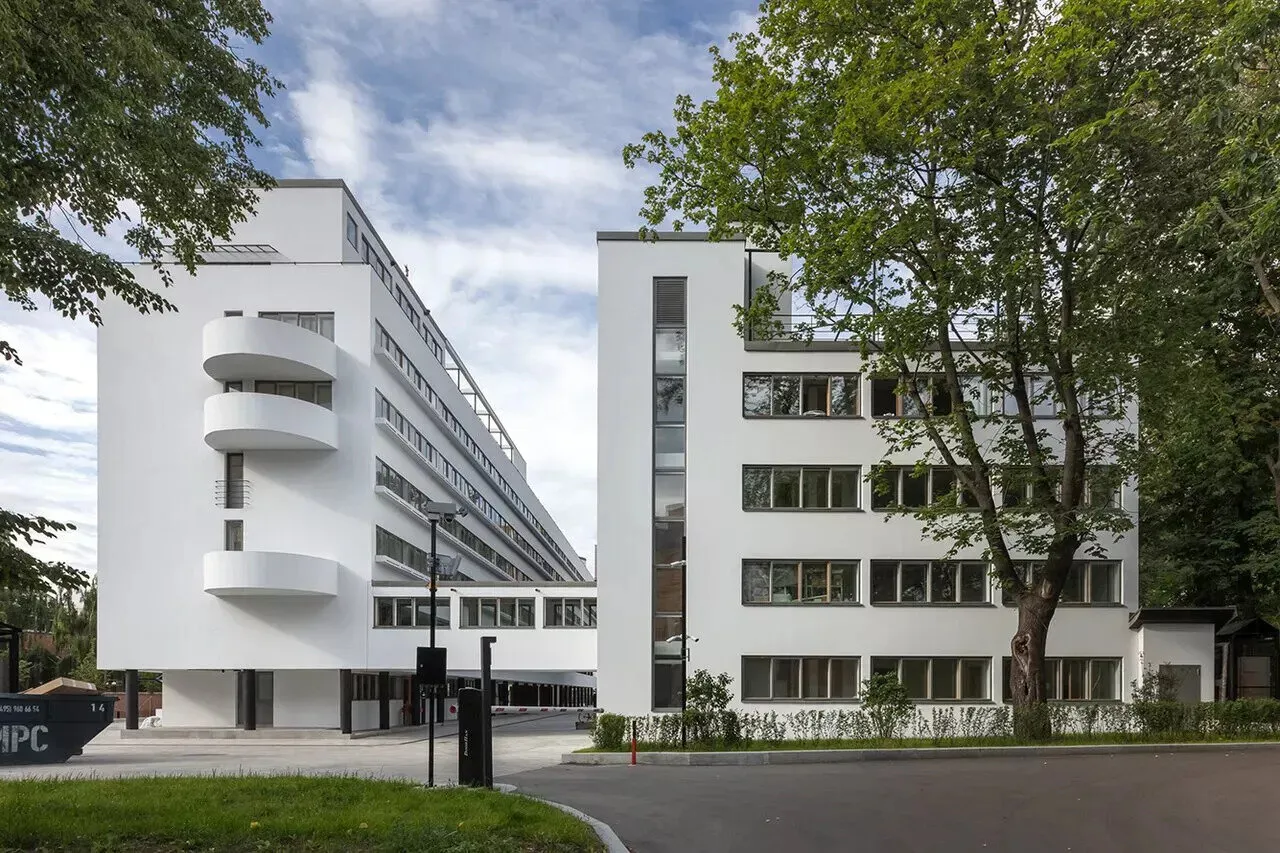 Photo from meduza.io (Olga Alekseenko)
Photo from meduza.io (Olga Alekseenko)MYTH OR TRUTH: The Commune House is a dormitory without personal belongings
PARTIALLY TRUE. The Commune House on Ordzhonikidze Street was indeed an experiment in creating collective life, but not that radical.
Architect Ivan Nikolaev built a dormitory for students of the Textile Institute in 1930 on the principle of 'commune houses.' The building had only sleeping rooms (9 sq. m per person), and all other life should take place in public spaces.
The building had common dining halls, libraries, gym, laundry room, and kindergarten. There were no personal kitchens — cooking was considered a 'remnant of bourgeois life.'
But the experiment showed that people are not ready to give up private life. Students still arranged their rooms, and the idea of a commune house did not gain mass development.
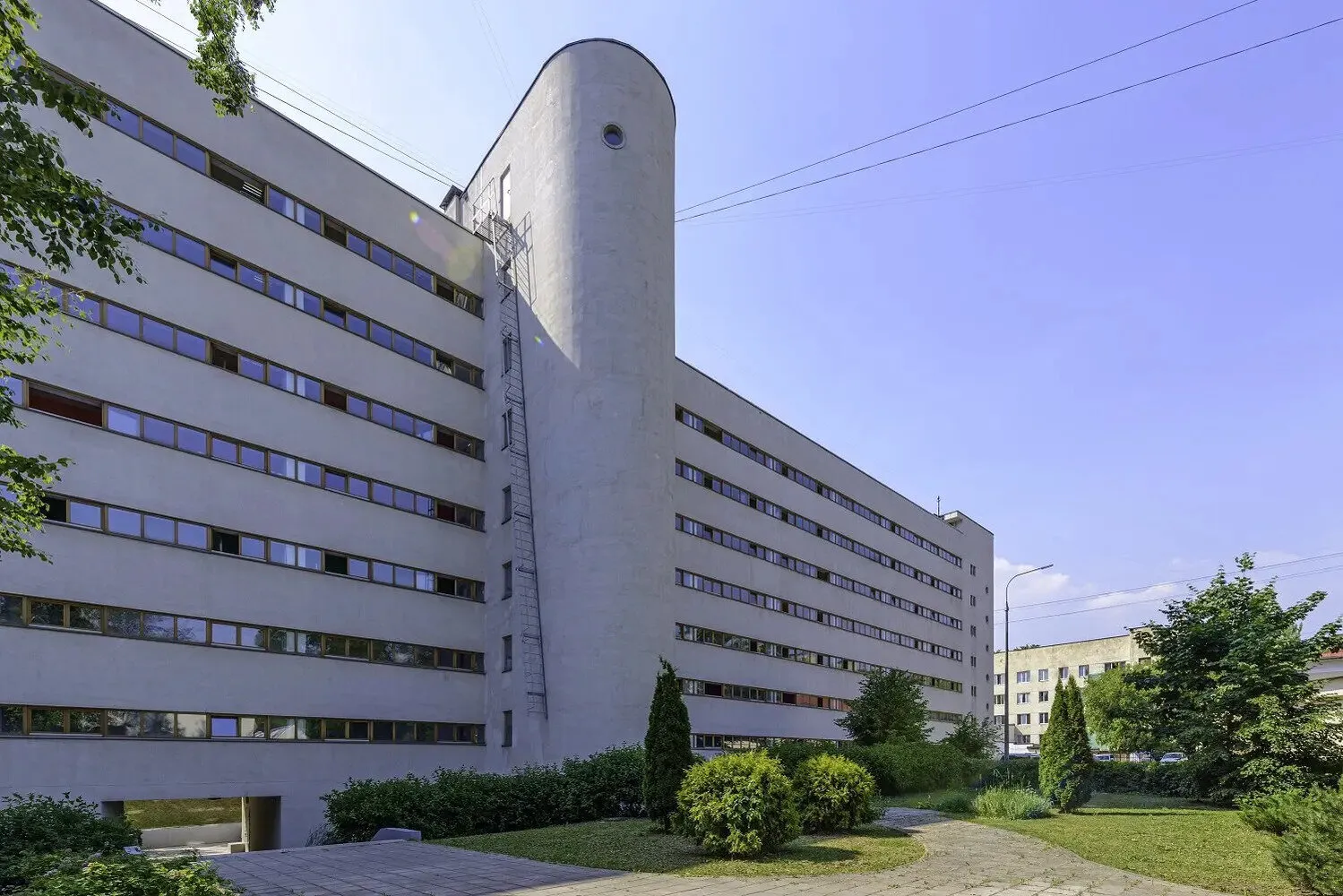 Photo from um.mos.ru
Photo from um.mos.ruMYTH OR TRUTH: The Central House of the Architect hides Masonic symbols
MYTH. Although the Central House of the Architect on Shchusev Street (formerly Talizin's mansion) is full of mysterious details, there are no Masonic symbols.
The 1787 mansion was repeatedly renovated. In the 19th century, it was decorated in Empire style with columns, cornices, and various decorative elements. Some of these details indeed look mysterious.
Legends about Masons arose because influential people lived in the house, and architectural elements of classicism sometimes resemble symbolic images. But there are no historical documents linking the house to Masonic lodges.
Today, the building houses the Central House of the Architect where exhibitions and creative evenings take place.
 Photo from um.mos.ru
Photo from um.mos.ruConclusion: Architecture as a Mirror of the Era
Unusual buildings in Moscow are not just architectural curiosities but reflections of different historical eras and their ideals. Each strange building tells its story: about merchant ambitions, Soviet experiments, or modern design searches.
Most 'myths' were based on real events, which makes Moscow's architecture even more amazing. Truth is often more incredible than any fiction.
Featured image from imgbolt.ru
More articles:
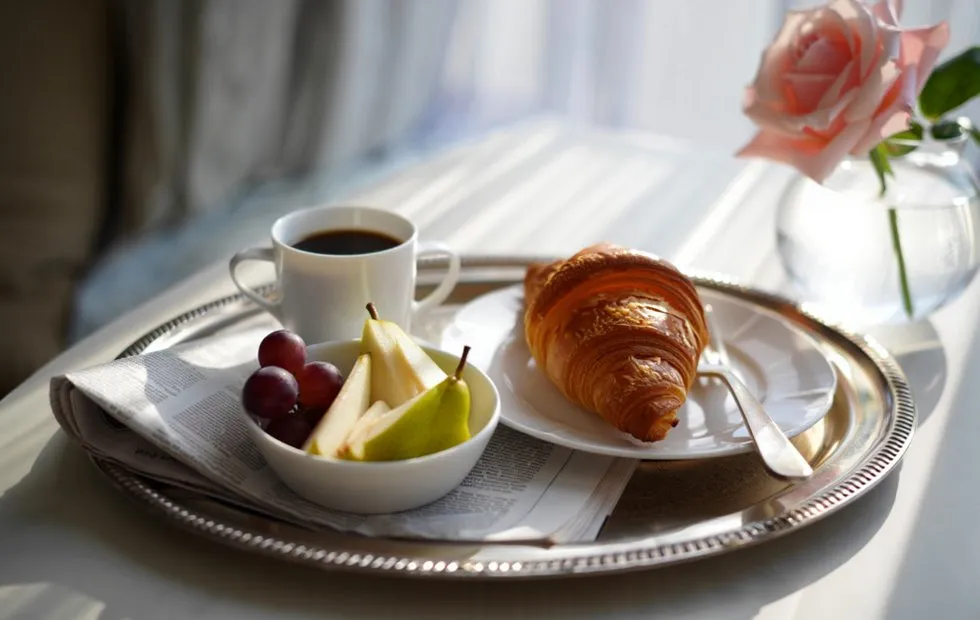 Chanel's Morning Ritual: Breakfast That Kept a Fashion Icon in Shape
Chanel's Morning Ritual: Breakfast That Kept a Fashion Icon in Shape Myth or Fact: Better Soundproofing in Stalin-era Apartments
Myth or Fact: Better Soundproofing in Stalin-era Apartments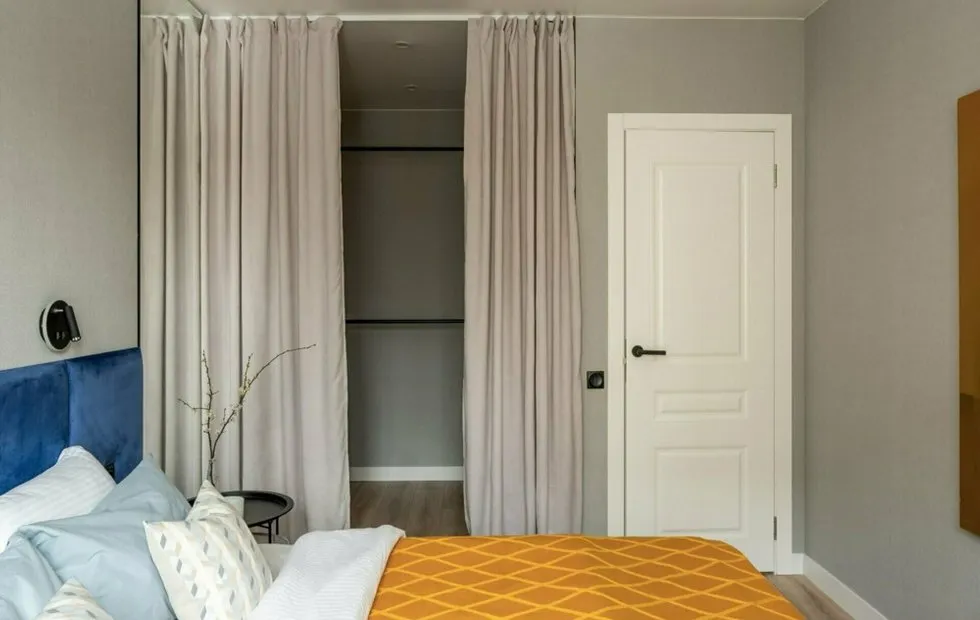 5 Genial Solutions of Khrushchev-era Layouts That Should Be Revived
5 Genial Solutions of Khrushchev-era Layouts That Should Be Revived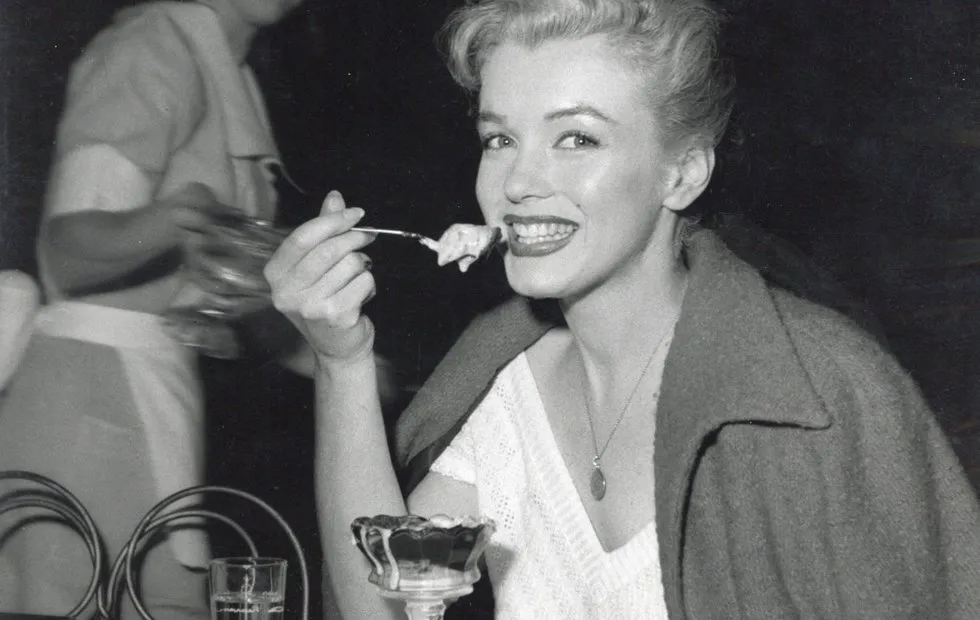 What Marilyn Monroe Ate: The Diet of America's Most Desired Woman
What Marilyn Monroe Ate: The Diet of America's Most Desired Woman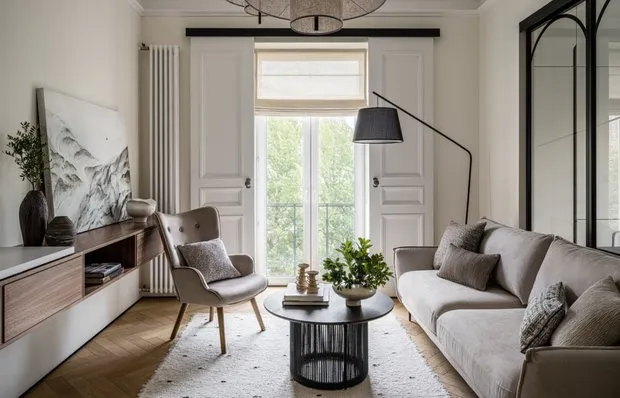 Trendy Lighting Fixtures That Will Change the Atmosphere of Your Home: 10 Finds
Trendy Lighting Fixtures That Will Change the Atmosphere of Your Home: 10 Finds What Was Trendy in Home Renovation Five Years Ago, But Now Looks Outdated
What Was Trendy in Home Renovation Five Years Ago, But Now Looks Outdated Where Premium Interior Design Begins: How Architects Plan Comfort Down to the Smallest Details
Where Premium Interior Design Begins: How Architects Plan Comfort Down to the Smallest Details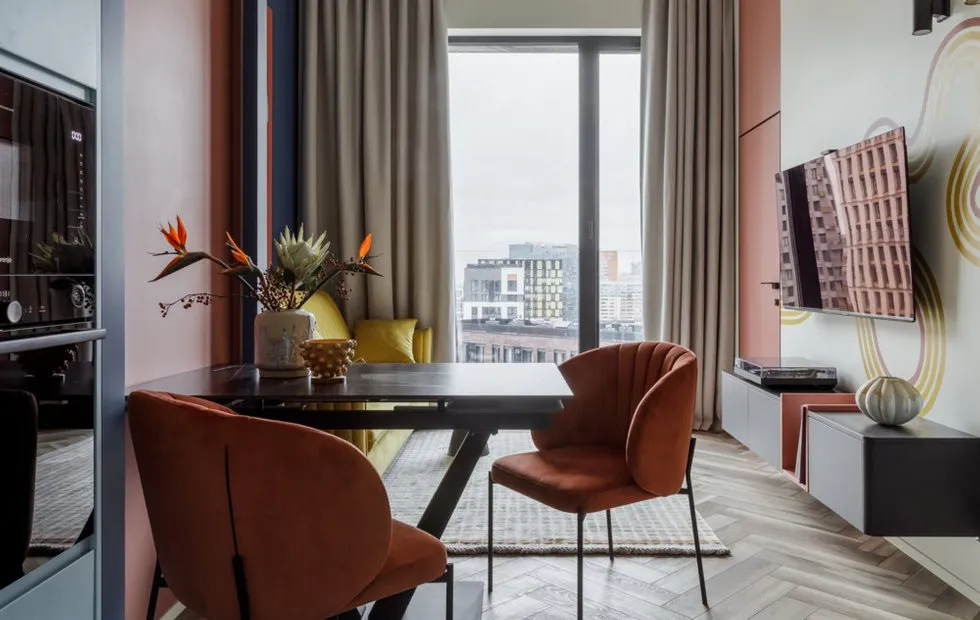 Myth or Truth: Expensive Repair Lasts Longer Than Cheap One
Myth or Truth: Expensive Repair Lasts Longer Than Cheap One